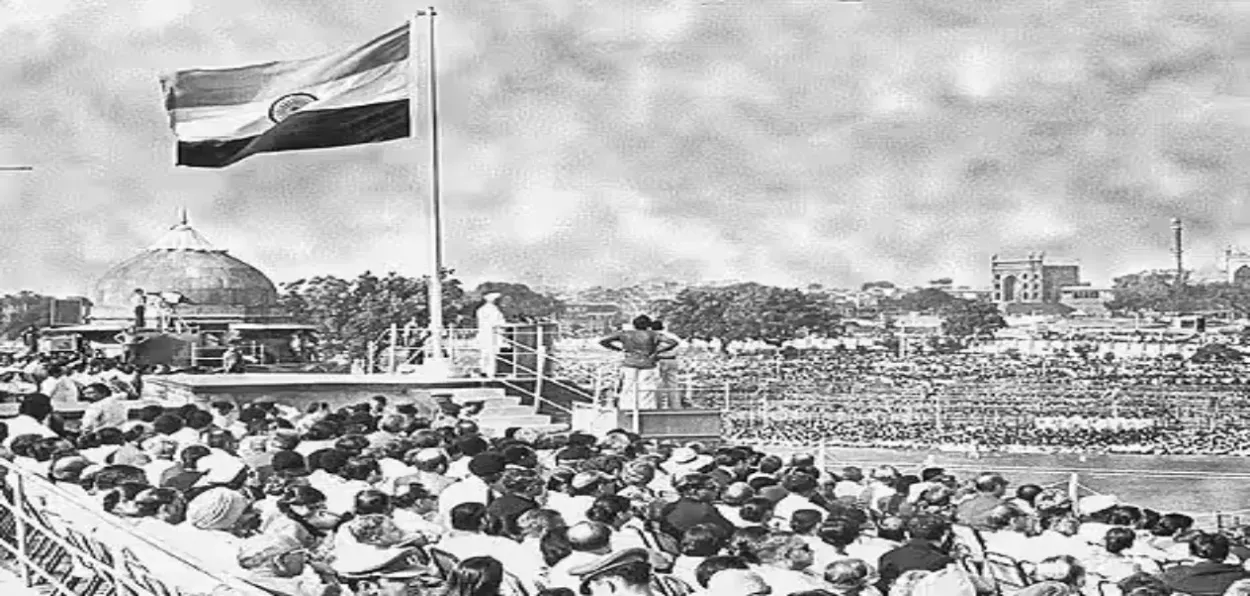
Saquib Salim
Jugantar was the pioneering Indian revolutionaries group during the freedom struggle. With revolutionaries like Bagha Jatin, Aurobindo Ghosh, and Barindra Ghosh as its founders, the group started a bomb-culture in the fight against the British colonialists.
A Slice Of History
Jugantar was a far-right Hindu group and people believed there was no space for Muslims in its ranks. This is incorrect. Maulana Abul Kalam Azad was brought into the freedom struggle by Aurobindo Ghosh through Jugantar. CID reports also mentioned that his madrasa Darul Irshad was following the model of Aurobindo’s Gita School where bombs were manufactured and Arms training was imparted to revolutionaries.
Kazi Ahmad Hussain, a close associate of Maulana Abul Kalam Azad, was one of the revolutionaries of Jugantar. Born in Gaya in 1889, Kazi came in contact with the Bengali revolutionaries during his visits to Kolkata as a student. Bengal, at that time, was boiling with revolutionary sentiments against the partition of Bengal on communal lines. Kazi would not remain untouched.
Shah Muhammad Usmani, in his essay on Kazi, notes that he recruited youth from other parts of India and smuggled firearms for revolutionaries. It was around this time that Kazi met Maulana Abul Kalam Azad in Kolkata.
Azad was also working closely with Jugantar. He played an important role in taking the revolutionary movement outside Kolkata. Kazi and Azad joined hands to fight against British imperialism.
They planned to launch a newspaper to spread revolutionary ideas among Indians. Azad was to edit and write but they had no money for it. Kazi, who belonged to a rich family, funded the journal - Al-Hilal - launched in 1912.
Years later, when Kazi became a member of the Rajya Sabha in 1952, critics said Azad had paid him back for funding his early political movement. Though, both denied this as the reason for his Rajya Sabha election.
Al-Hilal set the tone for revolutionary trends among Muslims. Soon, they founded Darul Irshad, a revolutionary educational institution, and Hizbullah, an armed group.
Readership of Al-Hilalsoon grew to 26,000, a very high number in those times. And, Hizbullah had more than 1700 members; all pledged their life for freedom.
In 1916, Azad was arrested and all these revolutionary activities had to be stopped. Kazi joined Mahatma Gandhi’s non-violent politics and became a leader of Non-cooperation and Khilafat in Bihar. His popularity can be gauged from the fact that when in 1921 Kazi was arrested markets in Gaya remained closed in protest.
Born in a rich family, Kazi gave up his ancestral property, started weaving Khadi, and dedicated himself to Mahatma Gandhi. He followed Gandhiji in letter and spirit.
In 1931, along with other leaders like Sir Ali Imam, Kazi convened an All-Indian Nationalist Muslims’ Conference at Lucknow to oppose the separate electorate. The resolution said, “Separate electorates, connotes the negation of nationalism. Political problems are but the reflex of social forces. If you erect an iron wall between community and community in their politics, you destroy the social fabric, and day-to-day life will become insupportable if you insist on building political barriers. Nationalism can never evolve from division and dissensions."
A committed Gandhian, Kazi worked with the revolutionaries. His friendship with Raja Mahendra Pratap is the source of many stories.
ALSO READ: Khwaja Hasan Nizami used Sri Krishna's story to unite Indians
Kazi stood for Hindu-Muslim unity and upliftment of untouchables till his last. He believed that true freedom would be achieved only when people in India live in peace and enjoy social and economic equa
